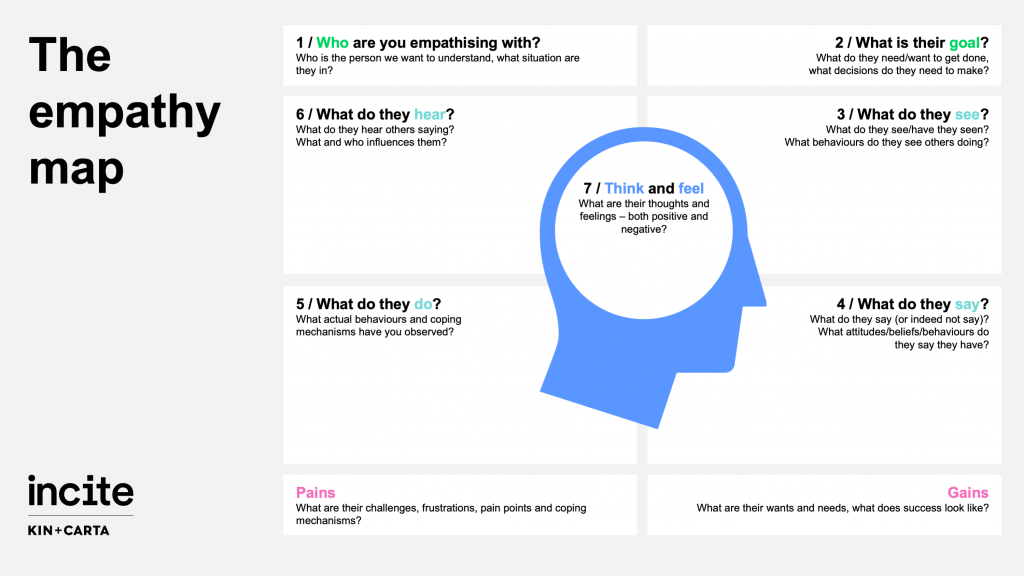The human-centric approach to customer relationships
My wife and I were both working from home recently and she asked what I was working on. I explained that I was helping a client think about how to build loyalty, to which she said “Make sure you tell them to be loyal to their customers!”.
I think this wonderfully encapsulates a lot of Incite’s thinking on human-centricity and it inspired me to write this post. I will share some of the challenges organisations face in being human-centric, why it is important to overcome those challenges and how that can be done.
Being loyal to your customers
As an industry, I think we too often treat the customer relationship as a one-way street. Commercially defined growth ambitions lead us to ask “How can we get our customers to be loyal to us?”, when the reality of the value-equation and inherent nature of a relationship requires us to be smarter than this.
We should always think about what we give to the customer, as well as what we get from them. Modern consumers are more critical, better informed and more proactive in their decisions than ever before. If we are not loyal to the customer – demonstrating that we value them by respecting and consistently delivering on their needs – then how can we expect them to be loyal to us?
We need to be empathetic
When thinking about what we give to the customer, carefully consider not only what is given, but how it is received. This is what defines the value for the customer. This is difficult, for two reasons:
1 / In our roles as marketeers and business people, we naturally occupy one side of that relationship and value equation, which anchors our thinking and can be hard to step outside of.
2 / Typically, our lives are different to those of our customers, in a variety of ways. We need to empathise with the customer and engage that empathy in our planning.
How to build empathy
To empathise is to do more than understand.
We must have knowledge of what a customer thinks, feels, does and why this is the case; and also put ourselves in their position. To do this, imagine their reality, vicariously experience their emotions and the impact this has on their relationships and behaviours.
Empathy mapping is a great way to enable this, which is further discussed here. This provides an easy to use tool that captures the customer reality, their thoughts and emotions.

How to use empathy
Empathising with the customer is not enough to build a great relationship. We should engage that empathy throughout our thinking and behaviour.
In our Planning Practice, we advocate everyone involved in the planning process use the empathy map to:
1 / Consider what the customer will think, how they will feel and what they will do, in response to the planned activity.
2 / Think about how the consumer – not just the business – will benefit from the planned activity.
Ultimately, the plans we create need to consistently demonstrate our respect for the customer and their needs. If this is not the case, we need to rethink the plan.



